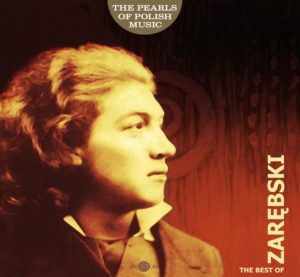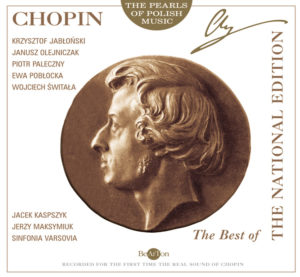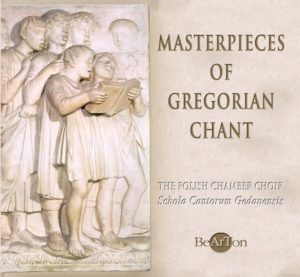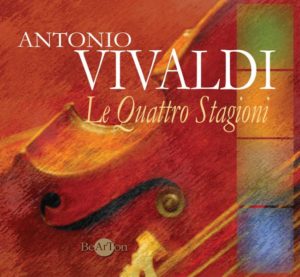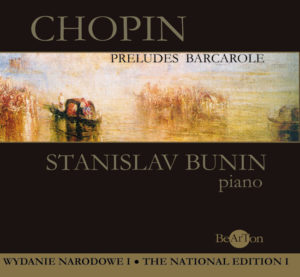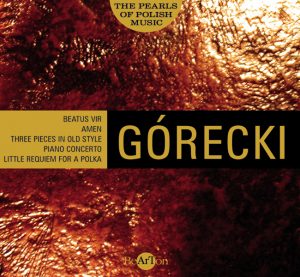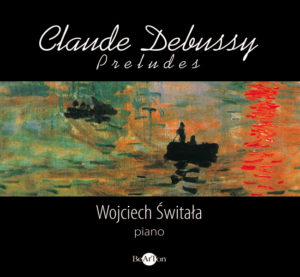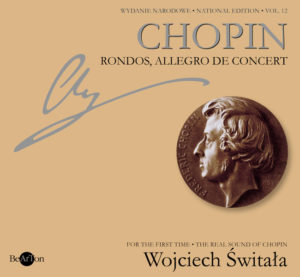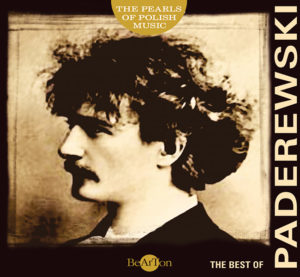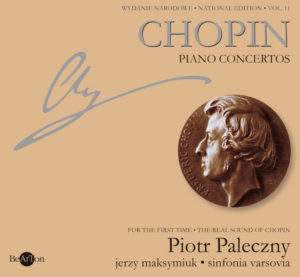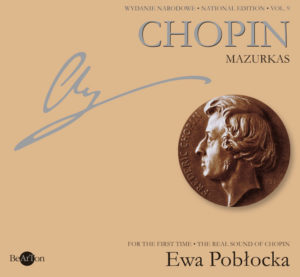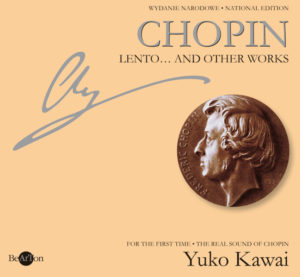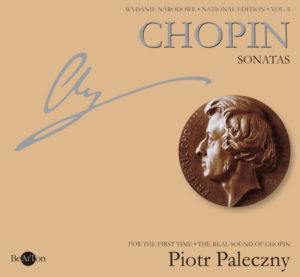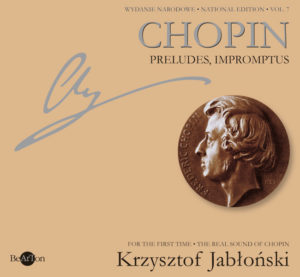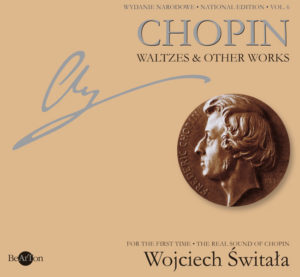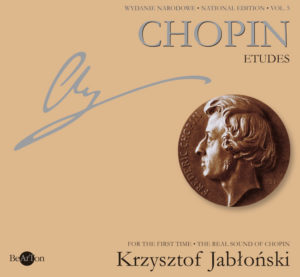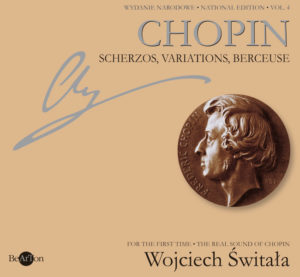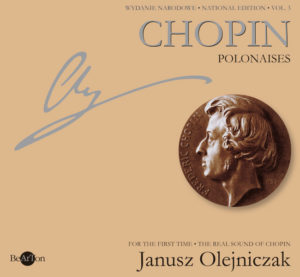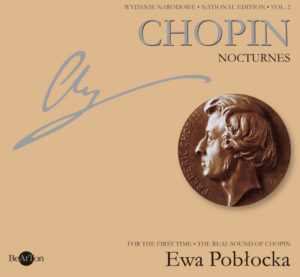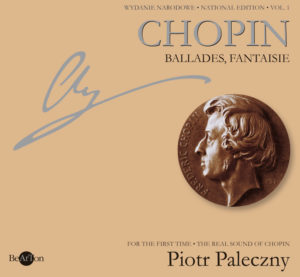Kilar – Orawa, Piano concerto, Krzesany
Kilar – Orawa, Koncert fortepianowy, Krzesany
Cat No. CDB020 – 1944320
Music disc: CD-AUDIO
Composer:
Wojciech Kilar
Performers:
Janusz Olejniczak – piano
Orkiestra Sinfonia Varsovia
Jerzy Maksymiuk – conuctor
- Orawa – 8’22”
- Preludium Andante con moto – 8’13”
- Corale Largo religiosemante – 9’38”
- Toccata Vivacissimo – 6’28”
- Krzesany – 14’09”
Total time – 46’52”
Prizes:
Listen a part
51.99złAdd to basket
© ℗ 2002 Bearton
Contemporary works rooted in tradition
Krzesany, Wojciech Kilar’s composition of 1974, was an important turning point in his artistic career. It closed the composer’s questing stage, deeply immersed in the avant-garde of the time, and fully revealed his new style. It came as quite a surprise. At that particular time no one expected a return to the symphonic poem derived straight from Mieczysław Karłowicz or to the renewed fascination in the folk art of highlanders as initiated by Karol Szymanowski. Krzesany, in which the idea of post-romantic form was revived, showed the way to make this forgotten source of inspiration lively and rejuvenating for modern music.
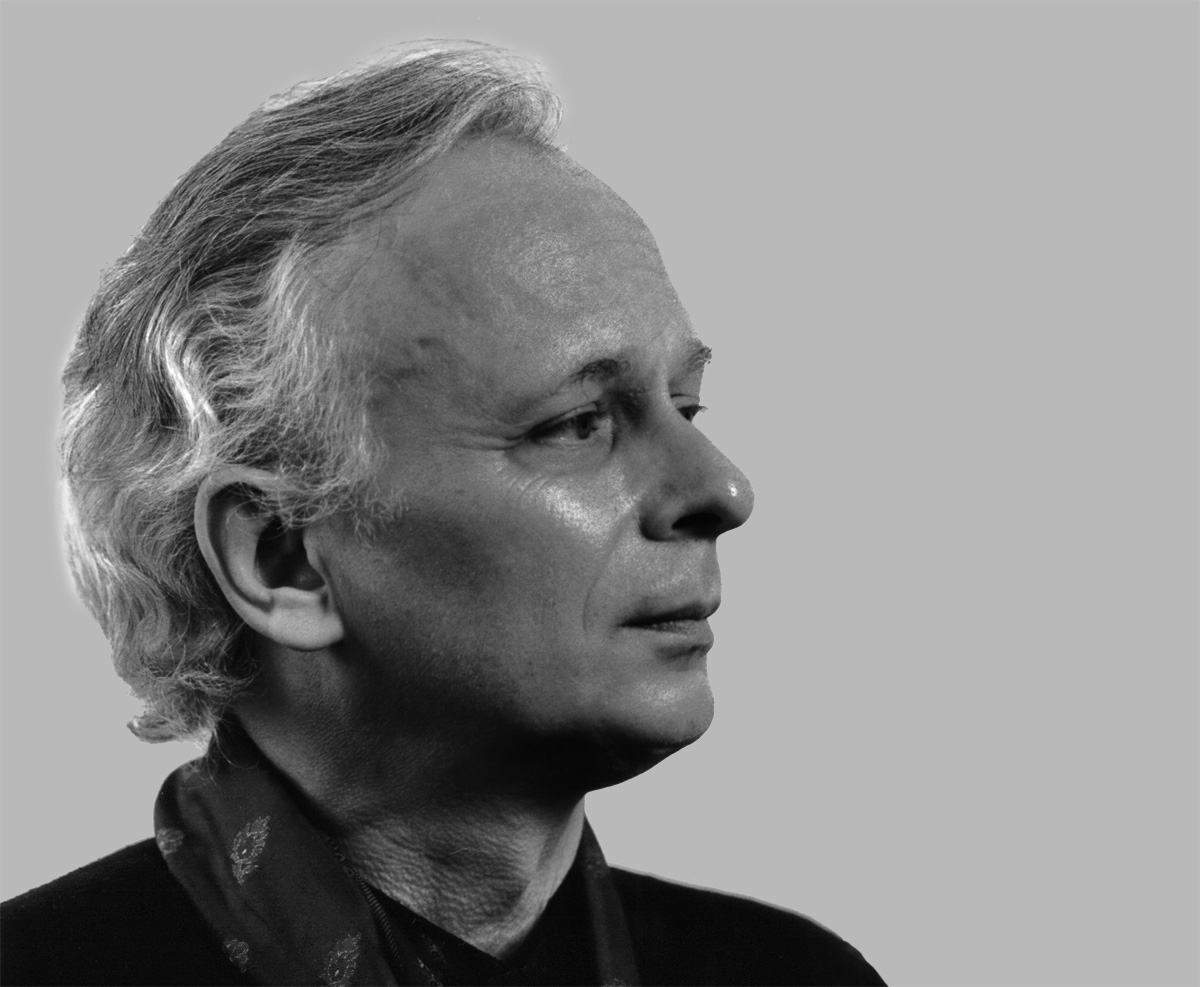
Janusz Olejniczak
The vivid musical poem, named after a highlanders’ dance in which both heels of a dancer hit each other, takes listeners to the austere Tatra landscape of sharp peaks and nostalgic valleys. You can hear highlander’s woodwinds called trombity and the jingle of sheep bells, as well as more or less literal borrowings, including quotations from the folk music of the mountains. You can hardly resist viualizing that landscape, described by the composer with great suggestiveness by using extremely simple construction and expressive neo-symphonic means. The juxtaposition of piano with powerful fortissimo tones and pure unison chords with sharp dissonances, the variety of texture, the persistency in motive repetition and the straight forwardness of huge tutti form a dazzling display of vital energy.
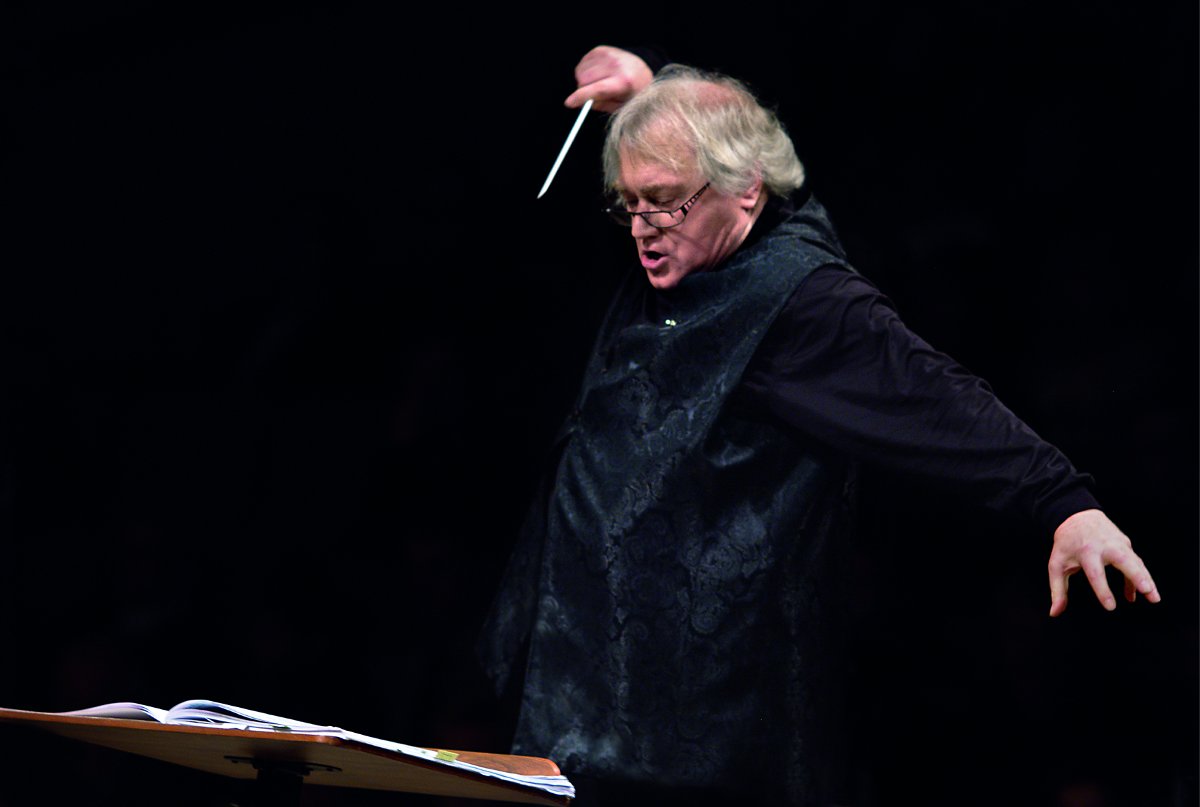
Jerzy Maksymiuk
You have opened a window and let some fresh air into the stale room of Polish music, said Jan Krenz to the composer after the world premiere of the piece at the Warsaw Autumn festival in 1974. Krzesany restored the meaning to emotional expression, in the music of that time reduced to the minimum. By appealing to senses and feelings, the piece made it big among ordinary music lovers. Performed by Polish, French, German, American and Brazilian orchestras, it became a hit in concert halls. Never having lost its popularity, it can still be an attraction of any philharmonic repertoire.

Wojciech Kilar
The above quoted comment by the conductor of its first performance implies even more. In terms of individual style, Krzesany signalled a breakthrough. In a wider context, as an act of liberation from rigorous principles of contemporary avant-garde, it opened new horizons for development. This is clearly seen from the present perspective. Krzesany was a herald of postmodernism in Polish music, which won its author the status of precursor of this new, “liberating” trend, to which other outstanding composers later succumbed.
After Kościelec 1909 and Siwa mgła (Grey Mist), in 1986 Wojciech Kilar once more returned to his favourite source of inspiration. He composed Orawa (Orava), about which he said years later:I had always dreamt about creating a work inspired by a highland folk group and I realized it in Orawa. It is actually a piece for an enlarged folk group and at the same time a rare case of myself being pleased with my own work.
The intimate but glamorous piece is based on a simple idea, though difficult to perform. The aim was to convey the very essence of highland folk music by means of strict rules of contemporary score, to grasp what was by its nature spontaneous, improvised, vigorous and unpredictable. These attributes of authentic folk music, experienced only through direct contact with it, can be felt strongly in Orawa. They are recognizable in the gradually varied dynamics and texture, the surprising distribution of stress on a rhythmic plane and the intensive, logical narration.
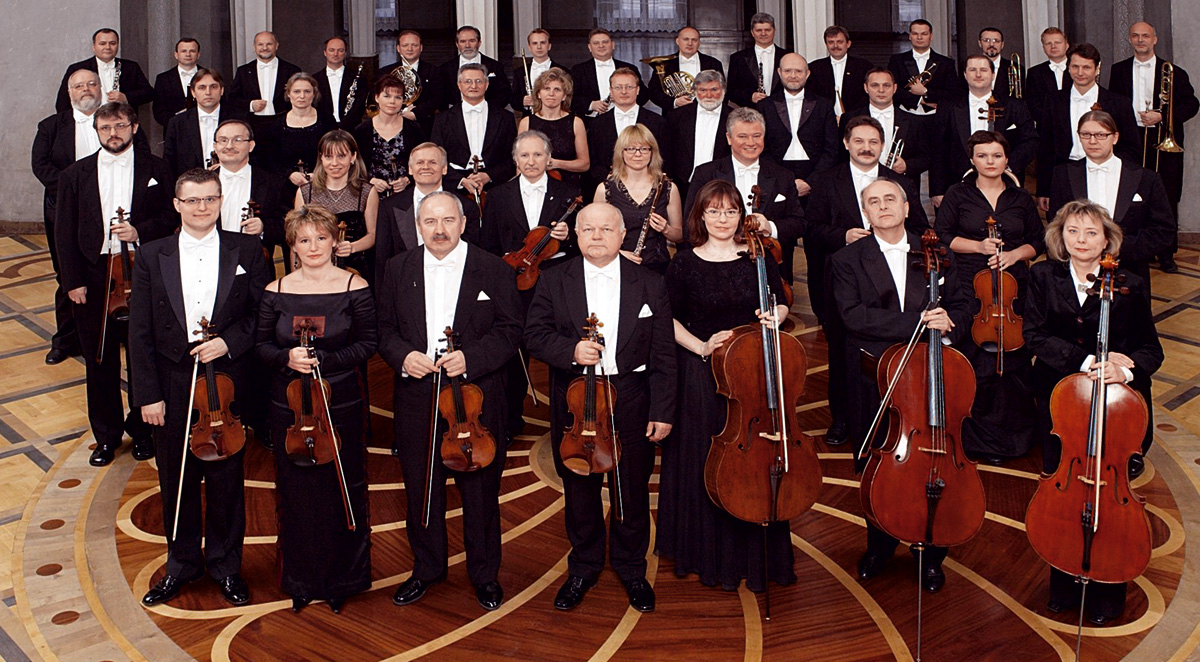
Sinfonia Varsovia
A more convincing implementation of the author’s idea and a more telling example of technical artistry is hard to imagine. In this respect Orawa can be matched by very few works of contemporary chamber music. Especially that, like Krzesany, it has an additional value: the montane colour painted with tools of musical expression, replete with life force and some kind of bewitching lightness. … And from Orawa the Tatra Mountains are visible in their whole majestic beauty…
Marek Wieroński
Reviews
Dzięki Januszowi Olejniczakowi, który znalazł w Jerzym Maksymiuku i prowadzonej przez niego Sinfonii Varsovii znakomitych partnerów, nagranie Koncertu fortepianowego Wojciecha Kilara stało się dla mnie jedną z najważniejszych kreacji artystycznych ostatniego dziesięciolecia.
Płyta utrwala wykonanie adekwatne do muzyki. Jerzy Maksymiuk,{…} u którego muzyka wylewa się wprost spod mankietów, partytury Kilara nasyca tak silną ekspresją, że słuczacz nie może pozostać wobec nich obojętny. To samo dotyczy Janusza Olejniczaka grającego Koncert fortepianowy. Jest on najlepszym interpretatorem utworu, ponieważ sięga do pokładów muzycznych przez innych pianistów niezauważalnych.{…} Znakomita płyta. Warto ją mieć.
Maksymiuk świetnie rozumie różne znaczenie retoryczne poszczególnych motywów, konsekwentnie nadaje i utrzymuje wszystkie tempa,{…}. W Koncercie fortepianowym Olejniczak używa szlachetnych , krągłych i nasyconych barw dźwięku. Ten, kto zgadza się z moim odczytaniem przesłania kompozytora, może interpretacje zarejestrowane na płycie firmy BeArTon uznać za wzorcowe.


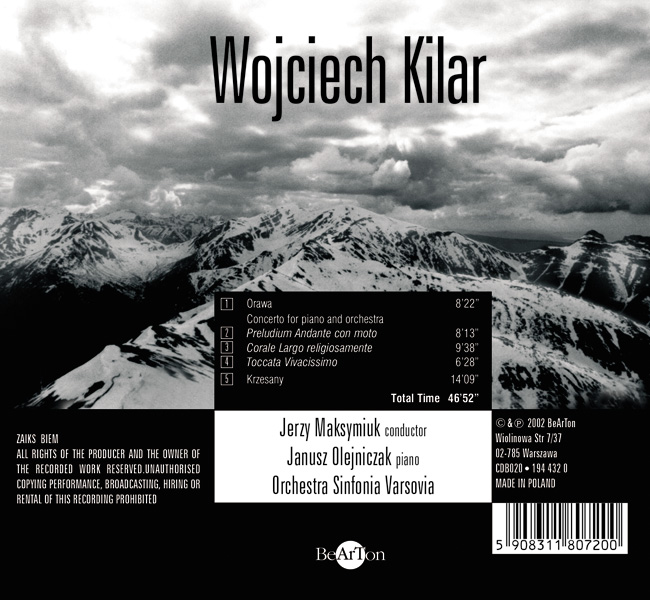


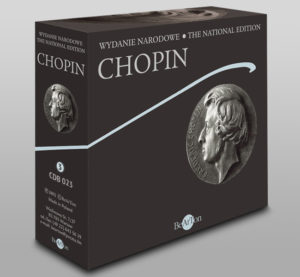
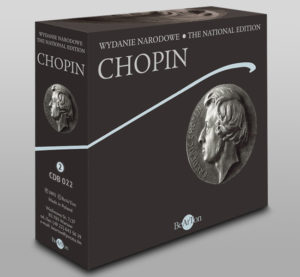
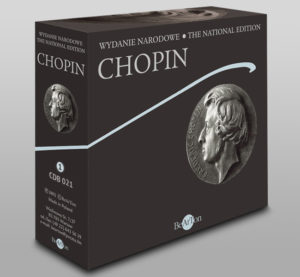
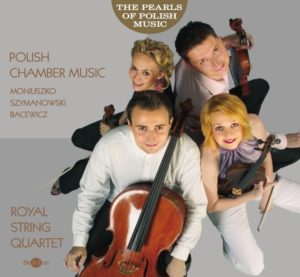
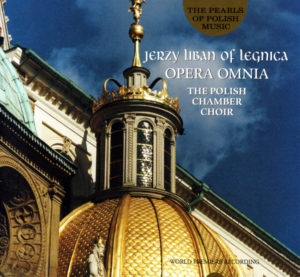
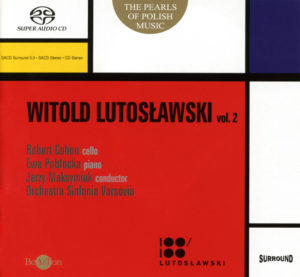
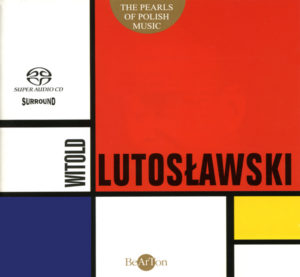
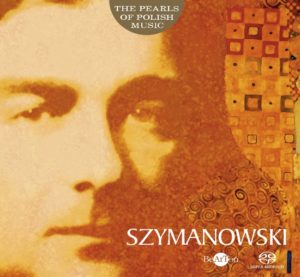
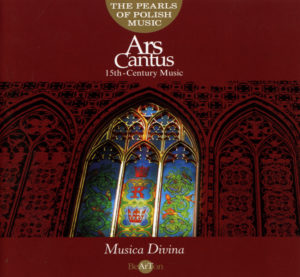
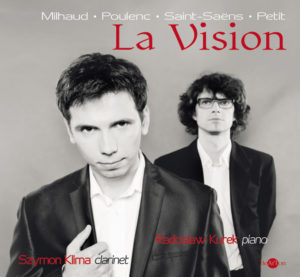
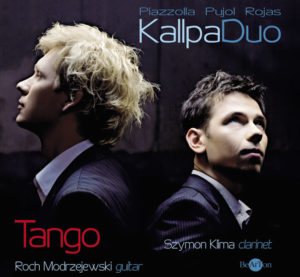
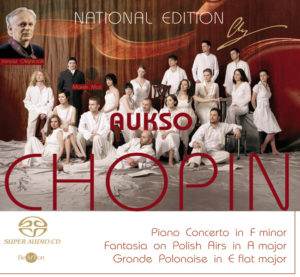
![Chopin – Walce [B] i inne utwory CDB047](https://www.bearton.pl/wp-content/uploads/Chopin-Walce-B-i-inne-utwory-CDB047-A-300x277.jpg)
![Chopin – Pieśni [B] CDB046](https://www.bearton.pl/wp-content/uploads/Chopin-Piesni-CDB046-A-300x277.jpg)
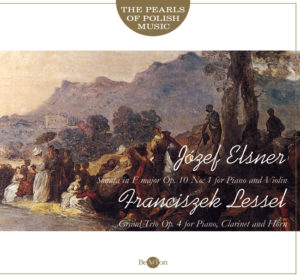

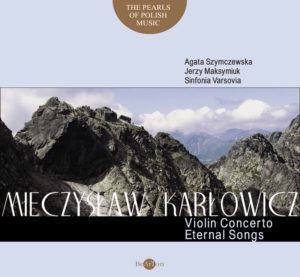
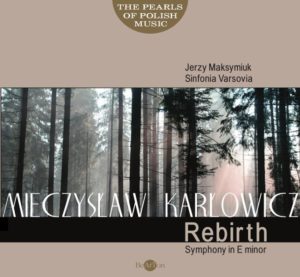
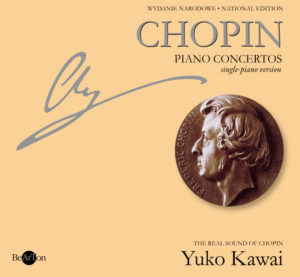
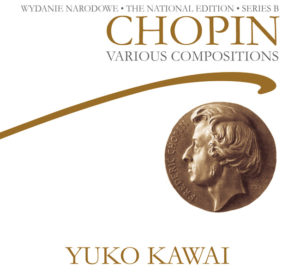
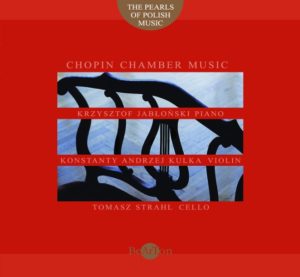
![Chopin - Mazurki i inne utwory [B] CDB038](https://www.bearton.pl/wp-content/uploads/Chopin-Mazurki-i-inne-utwory-B-CDB038-A-300x277.jpg)
![Chopin – Polonezy [B] CDB037](https://www.bearton.pl/wp-content/uploads/Chopin-Polonezy-B-CDB037-A-300x277.jpg)
